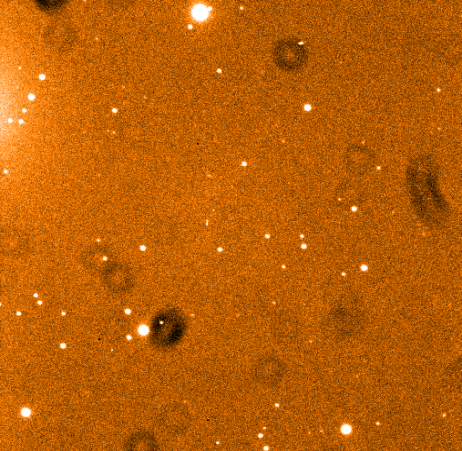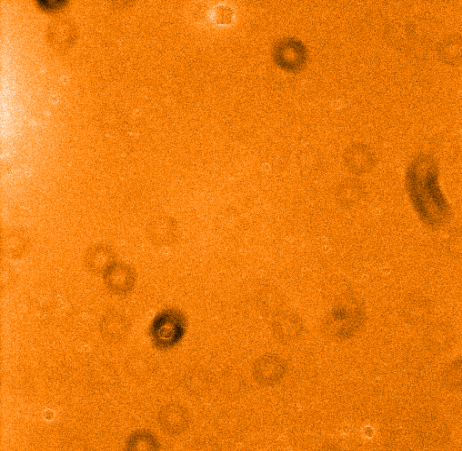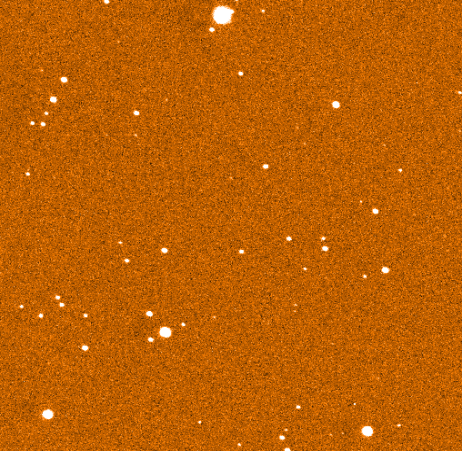 |
Department of Physics | AstroLab |
Flat Fielding
What is flat fielding and why do it?
A flat field is the response of the telescope-camera system to a source of uniform illumination. Flat field frames are used to correct for anomalies in the optical path, such as specs of dust on the optical surfaces, sensitivity variances between pixels in the CCD, and illumination variations within the optical system (vignetting).
A flat field frame is basically an image of a uniformly illuminated field.
Since this flat contains the variations in illumination due to variations
within the optial system, dividing the science image
by the normalised flat field frame will correct the image for these variations. This procedure is referred to as flat fielding.
When to do flat fielding?
Flat fielding to remove inhomogeneities in the filed illumination is always performed in astronomy research; however, within the scope of AstroLab is not always necessary. Flat fielding is particularly useful when precise photometry is required, such as for light curve determination projects. Ideally one would like to use one flat field per night.
 |
While the flat field is usually produced from a uniformly illuminated field such as the dome, it can also be made by averaging several images made with the same telescope-camera set-up. Over the course of a typical observing period, the stars will appear to drift along the image due to the poor tracking of the telescope, whereas dark patches due to the dust speckles will remain in the same position. Taking the median intensity of several images from the night will produce a frame containing the dark dust speckles, but not the stars. This method can only be used for a data sequence taken over a longer period. You should have more than 50 images before attempting to create a flat field from them with this method!
Make your master flat field
A script exists to help you create your master flat field images, located in/mnt/64bin/makeflat.py.
The syntax is: > python makeflat.py telescope date start end upper_limit
e.g.
> python makeflat.py draco2 24_01_16 1 15 45000
/mnt/share/flatfields/Example
 |
 |

FlatFielding and the "aphot.py" script
Copy the master flat corresponding to the correct term, telescope and filter to your directory and rename it to "master_flat.fits". If the "aphot.py" script finds a file called "master_flat.fits" in the processing directory this is applied.
| Back to the AstroLab Home Page | jrl | 2020-Jun-17 13:37:22 UTC |